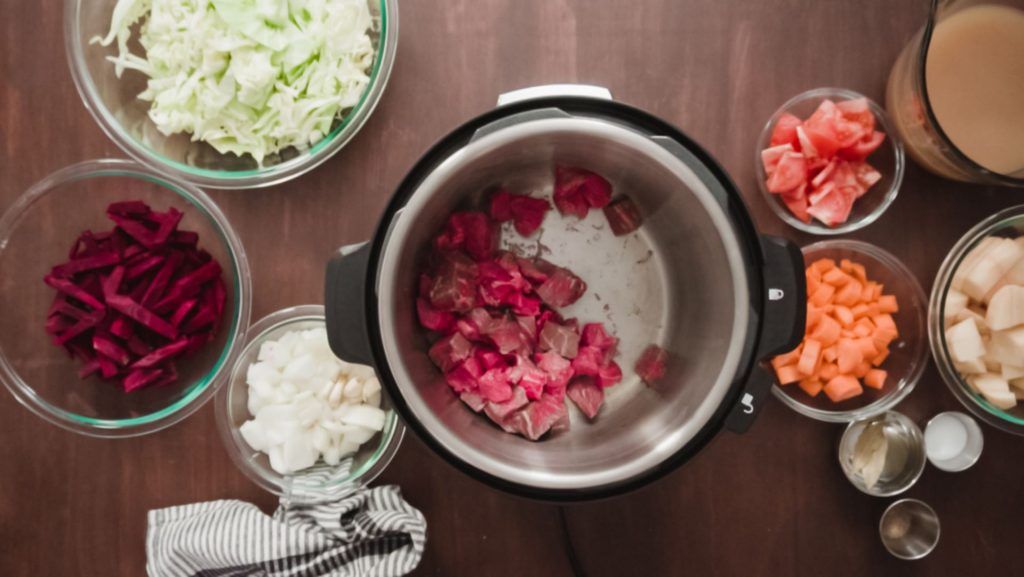Even though pressure cooking is popular nowadays, it’s a technique that has been around for hundreds of years. However, its popularity has peaked this past century and it has remained trendy to date.

Nowadays, more and more people and cooks are choosing pressure cooking for many preparations. There’re still a lot of doubts and myths about this cooking technique. Here’s everything you need to know about pressure cooking. Let’s debunk some myths.
What we know as a pressure cooker is a pot that cooks foods through a combination of heat and steam. Most of the cooking power comes from the pressured steam. These pots have a valve that keeps the steam inside, generating a high pressure atmosphere. One of the main advantages of this cooking technique is that it cooks much faster than other techniques.
Most foods have a high content of water, whether they are fruits, vegetables or meat. Cooking implies transferring heat from a heat source to the food. Foods suffer molecular changes as heat penetrates them and water molecules are transferred around.
Now, let’s debunk some of the myths going around about this cooking technique. Here are some of the most frequently asked questions.
A lot of people think that pressure cooking is not healthy because nutrients are destroyed during the cooking process. In order to answer this question, we have to keep in mind how pressure cookers work.
This type of pot cooks at a lower temperature than other cooking techniques, while getting more efficient results. This means that while all cooking techniques imply losing some nutrients, that loss is reduced with pressure cooking. Several studies have shown these results:
Pressure cooking legumes and grains makes them easier to digest, by reducing the lectins and phytic acid present in these types of foods. Pressure cooking allows you to include these essential foods in your diet without suffering unpleasant side effects.
Another problem that people usually mention when it comes to pressure cooking is not knowing what to cook with this technique. You can make everything, from vegetables to rice, meat, roasts, stews, broth, and many other preparations. Nowadays, recipes that involve pressure cooking are easy to find, offering a lot of ideas to try.
It’s true that cooking at high temperatures may generate carcinogenic compounds in some foods. Pressure cooking considerably reduces this possibility. Carcinogenic compounds usually develop in dry cooking techniques, like grilling, and not in pressure cooking, because of the humidity that comes from the steam trapped inside the pressure cooker.